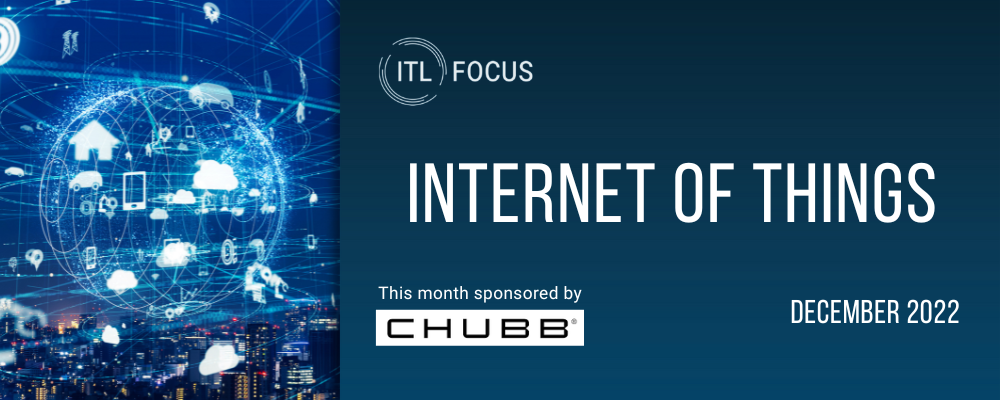|
I recently read a fascinating book, "The Dream Machine," about the intellectual history of the computer world through the early 2000s.
As a geek of long-standing, I was amused to learn that a mythic figure from the early days would end animated conversations on the streets of Cambridge, Mass., by asking which way he'd been facing when the conversation began -- that way, he'd know whether he'd been leaving the Harvard faculty club and had thus eaten lunch or whether he was on the way there.
The book also filled in details for me about how computers had passed through key stages: from glorified calculators in the 1940s, to mainframes for batch processing in the 1950s and 1960s, to minicomputers and time-sharing in the 1960s and 1970s, to personal computers in the 1980s and 1990s and to the internet in the 1990s and beyond. Progress has obviously continued since the book was published 20 years ago: with smartphones, in particular, and Wi-Fi changing the world in the 2000s and beyond, but also with search engines, social media and a host of other innovations.
Based on that history, I'm confident that one of the biggest drivers of innovation -- maybe THE biggest -- at the moment is the Internet of Things.
You can already see some of the effects in the use of telematics in cars -- especially because, based on the architecture of the IoT, we no longer need to plug a dedicated device into a car but can use our phones to track and relay information on our driving and even on accidents. If you read this month's interview, with Chubb EVP Sean Ringsted, you'll also see loads of examples about how the IoT is allowing for water, temperature and other sensors that will "predict and prevent" losses and maybe even move the industry away from its centuries-old "repair and replace" model.
But what's possible today is the very beginning, because the IoT is on the same exponential trajectory that has taken the internet from a grand total of four computers connected to each other in the late 1960s to the billions connected today.
Much of the genius of the design of the internet is that it was set up as a dumb network with smart devices attached, rather than as a smart network with dumb devices attached. If you're old enough to remember the AT&T phone network of the late 1960s, you know it as one of the marvels of the world, but you also know that a phone was a bulky device that served only to translate voice into electric signals, and vice versa. It had a dial, too, but that was it. No intelligence in that device. All the intelligence was built into the wildly complex switches that routed the phone calls and held open a circuit for the duration of the conversation. By contrast, the internet was set up with switching capabilities but all driven by the ever-smarter devices attaching to it. The internet could accommodate an IBM PC from 40 years ago but can also handle today's devices, which are millions of times more powerful -- and every time a new or more powerful device was added to the internet, it became more powerful, attracting more devices and more powerful devices, which made the internet more powerful... and so on and so on and so on, until you wind up with today's world-changing web of high-speed connections.
The IoT benefits from the same dynamics, as well as some technological developments. Nearly ubiquitous Wi-Fi gives any device in a building an easy way to connect to the internet and thus to any other device connected to the internet. Being outdoors used to make connections complicated, but the recent spread of massive networks of small satellites such as Starlink mean any device is in reach of the internet from almost anywhere in the world. Plunging costs for solar power and the increasing capabilities of batteries make power accessible for any sensor anywhere, so there's no longer any limit to where a device connected to the internet can be located.
As you'll see in the interview with Sean Ringsted, there are still issues to be worked out with the technical infrastructure that lets all devices talk to all other devices, but we're well on our way. And, as with the internet itself, the power of the IoT will just keep accelerating.
It will actually improve so fast that it's hard to get our heads around the possibilities. We humans are wired to think in terms of linear growth, not exponential growth. We can comprehend going from 1 to 2 to 3 to 4 to 5, but it's a lot harder to foresee what happens when something like the IoT comes along, because it goes from 1 to 2 to 4 to 8 to 16 to... a bazillion, and pretty quickly.
Hang on to your hats.
Cheers,
Paul
P.S. If you're intrigued by the exponential possibilities of the IoT, I will humbly recommend a book I wrote with Chunka Mui and Tim Andrews that was published a year ago. Called "A Brief History of a Perfect Future: Inventing the World We Can Proudly Leave our Kids by 2050", it goes into detail on the exponential gains in computing and communication technology that feed into what we call the Laws of Zero and that will allow for basically all information to be available about everything at zero marginal cost within a decade or so.
|

